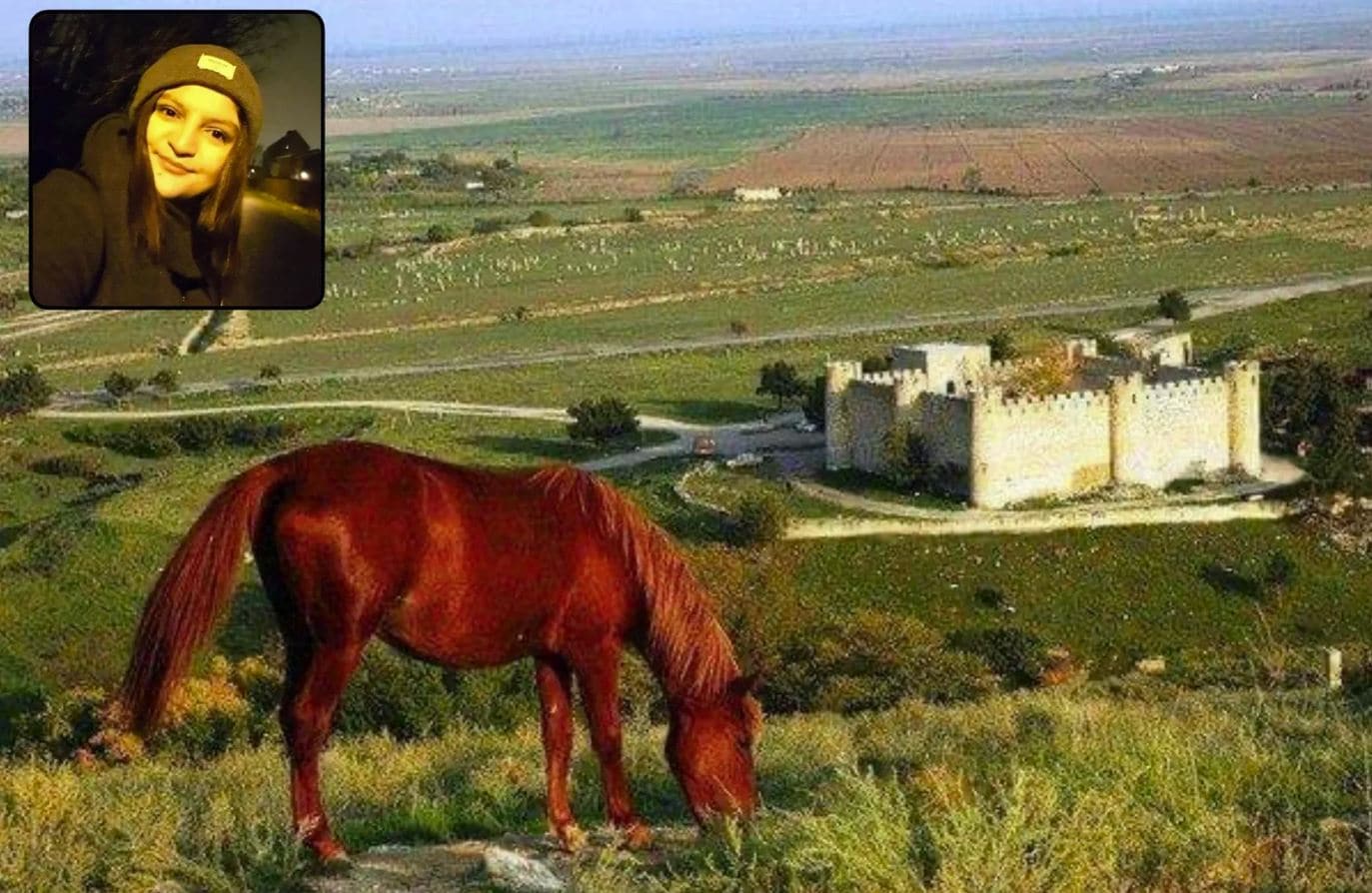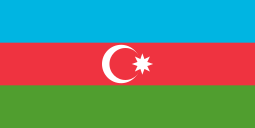
The World’s False Perceptions of Nagorno-Karabakh
19 October 2020
Many people make rather large mistakes when they talk about the Nagorno-Karabakh conflict. There are those who do it purposefully, and those who are unaware of the truth and believe the false information presented to them.
Representatives of many countries take a pro-Armenian stance, forming anti-Azerbaijani views among their citizens. The same unpleasant situation is often seen in the international press. False information is spread based on false facts from Armenian and Russian sources, creating skewed perspectives among people who have no idea about the details of the conflict.
My frustration is mainly due to the falsification of history. Let’s begin with something obvious. What is known about what the words Nagorno-Karabakh and Artsakh and what etymologies are behind them?
Today, Armenians call Nagorno-Karabakh Artsakh. Artsakh was one of twelve provinces belonging to Caucasian Albania (400 BC - 800 AD), which was a Christian country before the Arab occupation. In the ninth century, Caucasian Albania was occupied, and Islamization was introduced in the region. The terms Artsakh, Alban and Karabakh do not even exist in Armenian etymology – all three words are Azerbaijani-Turkish words.
Arsak - ar in Azeri is a transliteration of ər ‘man’ and sak is the name of an old Azeri tribe. Alban/alpan are Azeri words, alp means ‘height’ or ‘mountain’ in Azeri. Karabakh is an Azeri word, kara ‘black’ and bakh/bağ ‘garden’.
After occupying the khanates of Azerbaijan in 1813-1827, Russia began deporting Armenians from present-day Iran and the Middle East to present-day Armenia and the Nagorno-Karabakh region in order to create a Christian community within its borders. At the time, Alexander Griboyedov was the Russian ambassador to present-day Iran and wrote the Tsar a letter detailing these deportations. Griboyedov's letter to the Russian tsar makes it clear that more than one million Armenians had been moved there. I’ll remind the reader that Yerevan, Karabakh, and Nakhchevan, along with eight other khanates, were located in present-day Azerbaijan and Armenia, which at the time were Imperial Russia’s “Caucasus Viceroyalty” (1801-1917). Ten other khanates were located in today's Iran.
By order of the Tsar in 1836, Albanian churches (which had previously been part of Caucasian Albania, a part of both present-day Azerbaijan and present-day Armenia’s histories) were officially given to Armenia. As the Armenians began to take ownership of the Albanian churches and monuments, they claimed that they had owned them for thousands of years. This would have been a convenient idea to adopt, as Armenia is a Christian State, but the Albanian churches are part of present-day Azerbaijan’s history as well. Azerbaijan’s people are today predominantly Shia Muslim, but it wasn’t always this way. This complicated history makes it difficult for people in other parts of the world to understand.
The deportation and resettlement of Azerbaijanis from Armenia began in the 18th century. The deportation of Azerbaijanis and Muslims in general from Armenia was carried out in three stages: The first stage was 1905-1920 and the second stage was 1948-1953. The last and largest ethnic cleansing in the area took place in 1988-1992. After 1992, there were no Azerbaijanis left in present-day Armenia.
The Kremlin's anti-Turkish and anti-Azerbaijani policies, which began in the Russian Empire, continued with the communists in the Soviet Union. The communists divided Karabakh into two parts and in 1923 created autonomy for the Armenians in the mountainous part. They destroyed the borders between mainland Azerbaijan and Turkey by handing over Zangazur and its mountains to Armenia in 1920. In 1929 the Megri regions of Azerbaijan which border Iran were also assigned from Azerbaijan to Armenia. Megri was the only corridor that united Azerbaijan with Nakhchivan (which borders Turkey). Looking at the map, it is quite clear and visible that Armenia is located between Azerbaijan and Turkey, as you can see Armenia situated like a fence in the middle. It was in Russia and Armenia’s interest to break down the historical ties between Turkey and Azerbaijan. The fact is that the communists did not resolve the Karabakh conflict, but purposefully kept it frozen. With the fall of the Soviet Union, the frost began to melt, and the conflict turned into a bloody war.
Thirty years ago, after the fall of the Soviet Union, the Caucasus countries, just like Lithuania, Latvia and Estonia, planned to follow the path of European integration. Azerbaijan offered to build pipelines from Armenia to transport oil to Europe and give the Caucasus better welfare and more economic independence. Unfortunately, Armenia rejected this offer, choosing to become a vassal state to Russia in the Caucasus.
The OSCE Minsk Group was formed in 1992 with the goal of resolving the Nagorno-Karabakh conflict. Unfortunately, rather than resolving it, the Minsk Group resulted in a 28-year ceasefire that again froze the conflict.
Why?
There are three countries in the world where the Armenian lobby is strong: the United States, France and Russia. These three countries share the co-chairmanship of the Minsk Group. Russia has provided military support to Armenia, while the United States and France have become silent spectators.
When I heard the statements of Emmanuel Macron, the President of France, about the presence of Muslim terrorists in Nagorno-Karabakh, I remembered how the whole world was once against Iraq because of the speculative information of having "chemical weapons" there. Although Iraq was destroyed, no "chemical weapons" were found, however.
Today, international organizations are calling for a ceasefire in Nagorno-Karabakh. Azerbaijan has attempted to resolve this conflict peacefully for 28 years. I would also like to mention that Armenian military forces have sent their missiles to the Azerbaijani cities and villages that are far from the front line. The cities are Ganja, Mingechevir (there is a hydropower plant in Mingechevir), Beylagan, Tartar, Barda, Khizi and the Absheron peninsula. There are dead and wounded among the civilian population. Armenia shares horrific videos to intimidate the Azerbaijani people, just as they did in the 1992 Khojaly massacre. If Armenia's goal is to resolve the Nagorno-Karabakh conflict – why are they attacking the civilian population?
Demanding a ceasefire is not the solution to the conflict - Does a ceasefire mean waiting another thirty years? The only solution to this conflict is for Armenia to follow the UN Security Council, which demands the immediate, complete, and unconditional withdrawal of the Armenian army from the territory of Azerbaijan under Resolutions 822, 853, 874, 884.
Nargiz Qazi
Student at Lund University, Sweden












